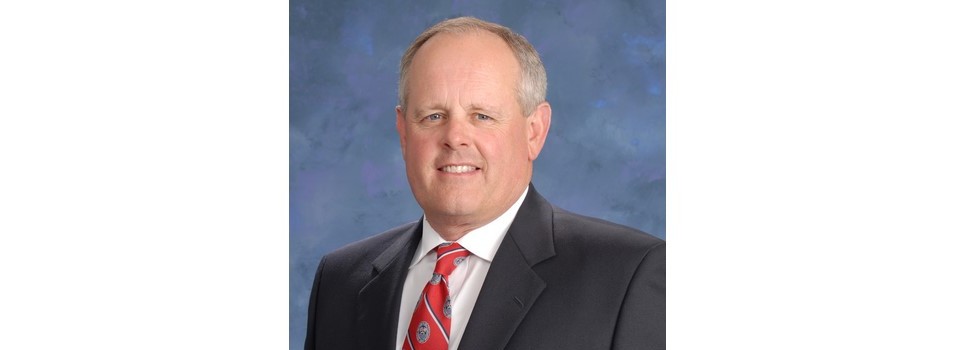PINEHURST, NC. The U.S. Open returns this week to the famed No.2 Course at Pinehurst for the fourth time. Since 1999 no course has hosted America’s national championship more times.
The Donald Ross design is often placed at the very top of the golf course architecture pyramid because of the strategic qualities players face throughout the 18 holes.
A restoration of No.2 took place by the architectural tandem of Bill Coore and Ben Crenshaw and the layout reopened in 2011 after a year’s work.
The restoration effort received universal plaudits for being truly interconnected to the spirit and character Ross envisioned.
The genius of the Ross design is the constant chess match and game of wits that takes place between player and course. Approach play is tested to the max as a number of the putting surfaces are elevated and have closely mown areas just off the vexing turtle back greens.
While the No.2 course gets the lion’s share of attention the mecca of Pinehurst is centered around a localized village that personifies intimacy.
No.2 does not have a specific stellar hole or a group of such holes. There are no visceral elements that transcend the core golf elements. The golf is the constant feature – free of any distraction.
If No.2 were a movie, it would be based on creative writing and outstanding acting. The Ross gem does not need mindless explosions or car chases to heighten the interest.
Five architects have weighed in on the merits of No.2 and the magnificent intersection of the U.S. Open and Donald Ross.

***
When you hear the words Pinehurst No.2 what comes to mind immediately?
John Fought: Sand Hills and wonderful pine trees that make up one of the best courses in the world. I love the routing of the course and it is a joy to play and compete on.
Agustín Pizá: Inspiration, aspiration, education.
Richard Mandell: I think of the greens complexes and how they have become the identity of No.2 despite them not being exactly what Donald Ross built in 1935.
Bill Bergin: My first thought is always Donald Ross, but quickly followed with Pinehurst No.2 being the site of the first cut I made in a PGA Tour event – the 1982 Hall of Fame Classic, won by Jay Haas.
Stephen Kay: A famous Donald Ross golf course, U.S. Open site. I played with Peter Tuft Jr. grandson of Tufts who brought Ross from Boston to Pinehurst. Peter explained to me how the green surfaces came to have the turtleback after the greens were reconstructed in the early 1980s.
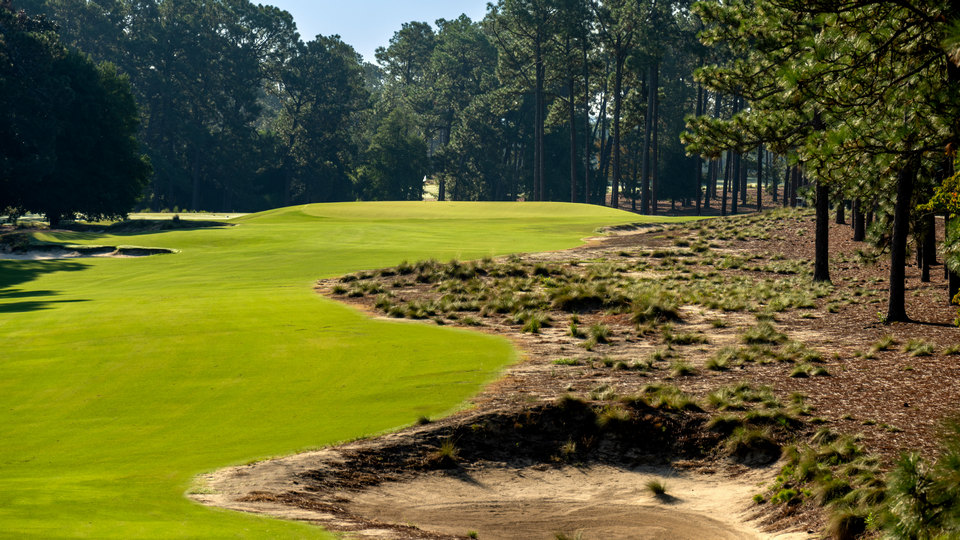
What do you think architect Donald Ross would say on how Pinehurst No. 2 plays today given the increased green speeds at major events and with contestants having to deal with the turtle back-shaped putting surfaces?
Agustín Pizá: As golf course architects, we have a bit of a dry sense of humor reflected in our designs. Even though his intention was to provide golfers with strategic choices around the greens, I also believe the Ross greens may have taken an exaggerated turtle back shape with sand movement and top dressing throughout the years. Now, we embrace this unique design and I think he would too.
Stephen Kay: Donald would say “these are not my greens, I did not design ‘turtleback green surfaces”, and at these green speeds you have in the 2000s they are way too difficult and unfair compared to what I designed.
Bill Bergin: I would think he would enjoy how his course shows off a player’s short game and the skills demonstrated on approach shots and recovery around the greens.
John Fought: I don’t think Ross would recognize the greens being so elevated. With all of the topdressing and renovations that have occurred over the years the greens complexes are much different than originally designed. I personally love the greens and they present a unique challenge.
Richard Mandell: He would be very surprised as to how severe the greens are in terms of actual construction as well as green speeds. When Diamondhead took control of the resort in the late 1960s it changed the greens to get bunkers closer to the putting surfaces. To accomplish its goal, the edges of many of the greens were bulldozed, thereby increasing the down slopes of the green edges and creating an exaggerated turtleback look that many people now associate with Donald Ross.
Did he build plateau greens?
Yes, but not like these everywhere. This has become legend more than anything else and when people started restoring Ross courses without any of his drawings or other information to glean from, they defaulted to what existed at No. 2 – turtleback greens courtesy of Diamondhead and grass-faced, flat-sand bunkers courtesy of Henson Maples in 1946. Thanks to Coore and Crenshaw for at least returning the sand faces to No. 2.
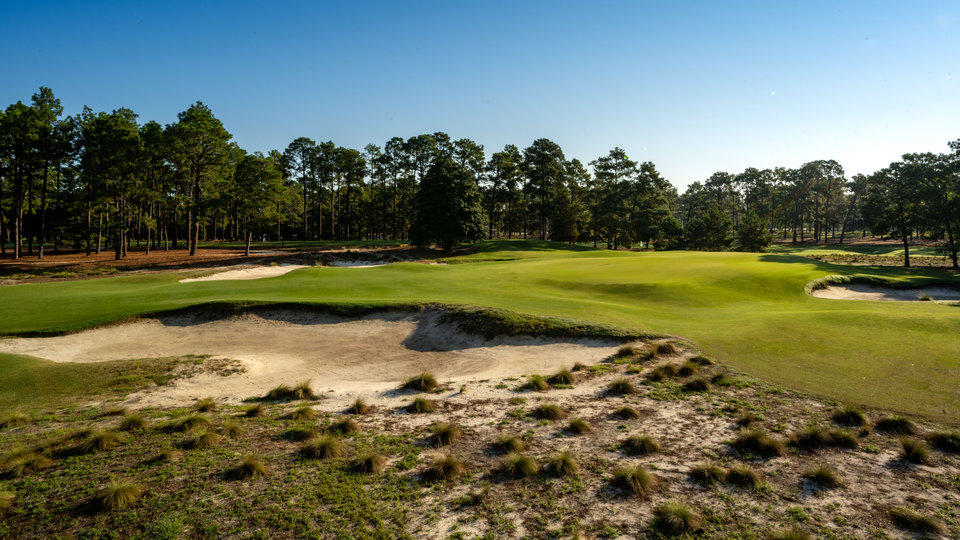
The USGA has set up future Open locations with Pinehurst being one of the core facilities. After this year’s event the championship returns again in 2029 along with the Women’s Open that year, then in 2035, 2041 and 2047. Is going to Pinehurst that often a plus or minus overall?
Stephen Kay: I think it’s a minus. That far in advance eliminates possible new courses that have not been built. What will the players be like and the equipment – why commit so early?
Richard Mandell: Creating a specific tournament rota for the U.S. Open like the R&A has for The Open Championship limits exposure to so many other great golf courses, on both sides of the pond, that
are deserving and capable of holding major championships. I think the idea of returning to the same courses over and over becomes a minus.
Bill Bergin: Returning to courses on a rotation actually creates a better understanding of the course and its demands and allows the audience to have a more familiar expectation of the challenge that each course brings. I consider it a plus.
Agustín Pizá: It is a plus for me. Pinehurst No. 2 is a great example of true architecture which should be embraced by the golf world. Pinehurst lives up to “The Home of Golf” in our side of the world.
The support for male/female golf development is arguably second to none. Lets just make sure the Women’s Open has a better judgment of yardages for their set-up in 2029.
John Fought: The golf course warrants the tournaments as it is a fair but challenging test. I love the low mow areas around the greens and the playing corridors are fantastic. It is truly a championship test so I think it is great to go back to this course often.

This will be No.2’s fourth U.S. Open. For the events in 1999 and 2005 the 4th and 5th holes were played as a par-5 and par-4 combination. That was changed for the 2014 championship. What’s your take on this change and which designation do you prefer?
John Fought: Personally, I like the 4th hole as a par-5. While it’s not long by today’s standards it is an interesting hole. Both holes have sloping fairways in the tee shot landing zone so they present an interesting challenge.
Both greens complexes have plenty of slope which makes precise iron play a requirement.
Richard Mandell: Based on the fact that the previous fourth was downhill and the previous fifth was uphill, I think the decision to swap the pars on those holes was a good one. The 4th green being in a valley makes it less of a risk/reward hole so it is more conducive to a long par-four.
The 5th green is much more difficult to hold an approach so going for it in two shots comes with much more challenge and possible penalty as things roll away pretty quickly. It’s not so easy to approach the green with a wedge either.
Agustín Pizá: Personally, I prefer having four consecutive par 4s on each nine. It allows for a tougher and mentally challenging stretch and, it creates a better variety of par either before, or once you get past it.
Stephen Kay: I would like them to both to be par 4s, so the front nine had a par of 35 – play #4 at 471 and #5 at 508 yards.
Bill Bergin: The 5th hole, as a par-4, was my favorite hole at Pinehurst. The long approach off a hanging lie was such an exciting play. I look forward to learning more about the new set up, but prefer the previous par designation.
Part 2
The Participants
Agustín Pizá
Piza Golf
San Diego, California, USA
Award-winning architect Agustín Pizá has earned a Bachelor of Architecture degree from ITESM and a Master’s Degree in Golf Course Architecture from the Edinburgh University in Scotland. He is a proud member of both the European Institute of Golf Course Architects (EIGCA) and the American Society of Golf Course Architects (ASGCA).
Pizá, recognized with many international accolades, has garnered a reputation for “Re-defining Golf Facilities” with his unique design concepts – Wellness Golf®, Multi-purpose Golf, and the Butterfly Effect. He is recognized by Forbes Magazine as one of the top one hundred inventive minds from Mexico and Golf Inc. Magazine featured him as one of the top-five visionaries in the golf industry.” He is also the Director of the First Tee in Mexico.
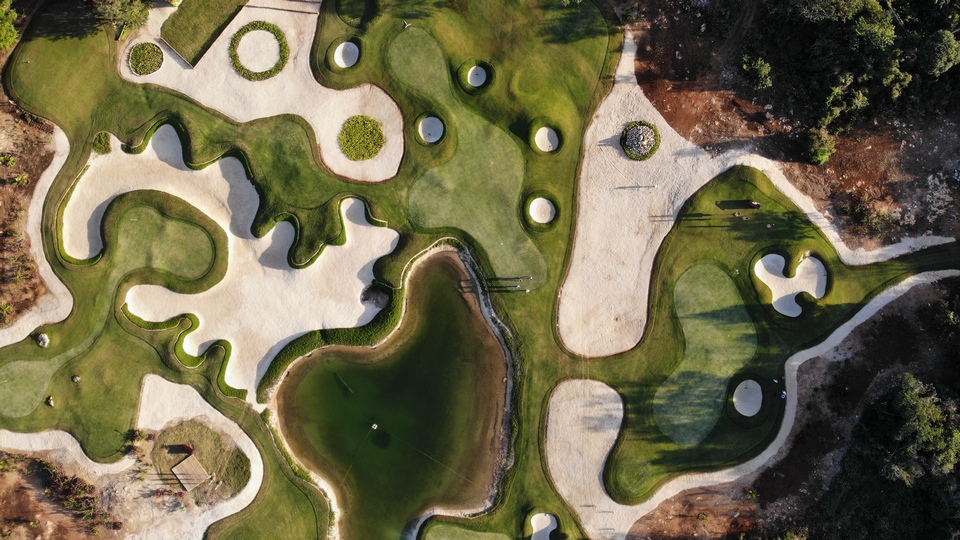
Bill Bergin
Bergin Golf Designs
Atlanta, Georgia, USA
Bergin Golf Designs is led by Bill Bergin, whose background in the golf industry is distinctive. Bergin played the world’s best golf courses as a touring professional and, over the last thirty years, has been involved in the planning and design of over 100 projects.
Since founding Bergin Golf Designs in 1994, Bergin has combined his strategic instincts and extensive design experience with the latest technology and a dedication to detail in project management. He and his team create outstanding courses enjoyed by golfers of all levels.
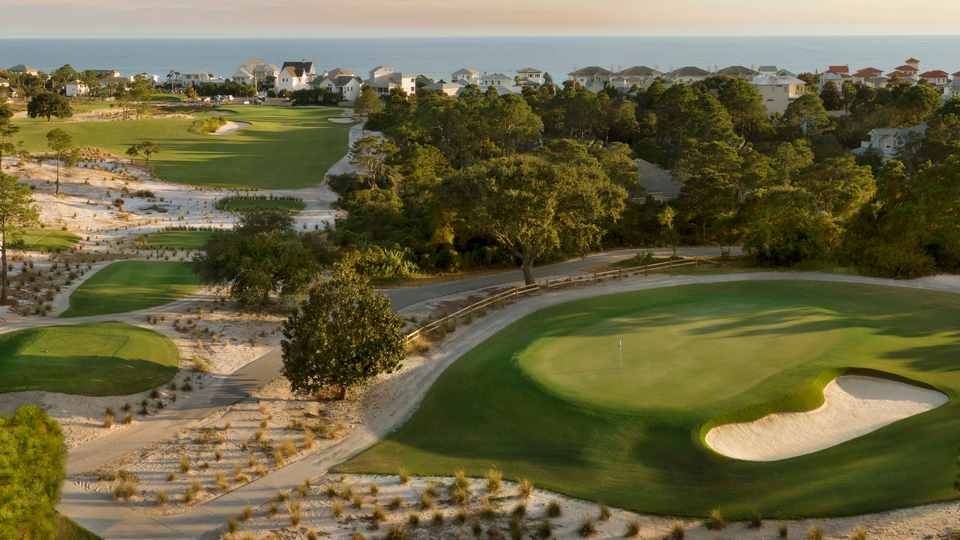
Stephen Kay
Golf Course Architect, LLC
Egg Harbor City, New Jersey, USA
The ASGCA member has been in practice for over 30 years and has done renovation work at more than 300 golf courses. He has designed 21 new courses while providing renovation services to over 250 courses specializing in: Donald Ross, A.W. Tillinghast and Charles Banks.
Has also taught for over 25 years design history and principles at Rutgers University’s turfgrass program. He also recently completed a major restoration of Charles Banks’ Francis Bryne and his newest design, Old Bridge Golf Club, a new 18-hole publicly-owned facility in central New Jersey.
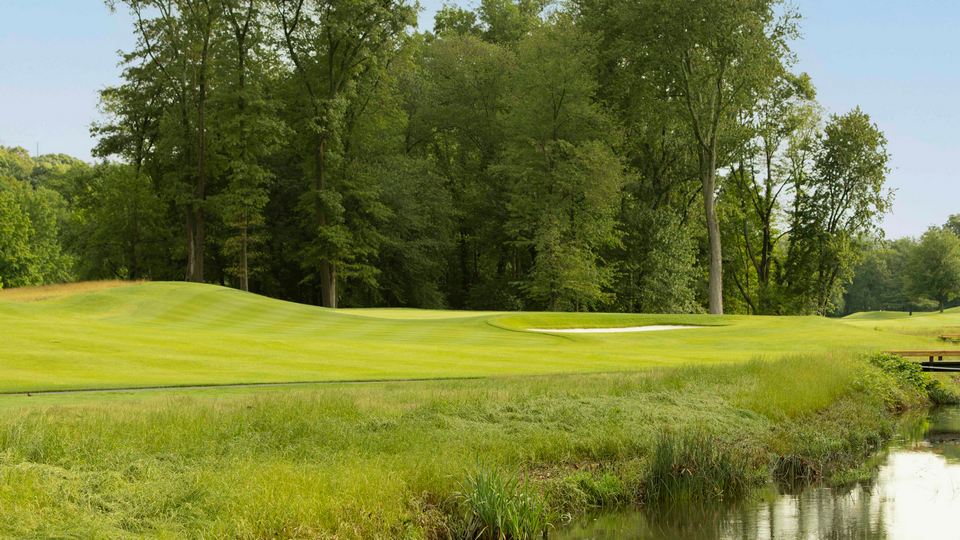
John Fought
John Fought Design
Scottsdale, Arizona, USA
Began as a professional golfer after winning the 1977 U.S. Amateur. As a professional on the PGA TOUR, named “Rookie of the Year” in 1979 after winning back-to-back events. When injuries forced him to leave the tour in 1987 he began a career in the field of golf course architecture.
Has worked all over North America on various types of projects from conceptual planning to award winning courses. Fought’s courses have won numerous awards including, “Best New Course,” and “Best New Renovations.” by leading publications such as Golf Digest and Golfweek. His courses have also held more than 90 national championships since 1996.
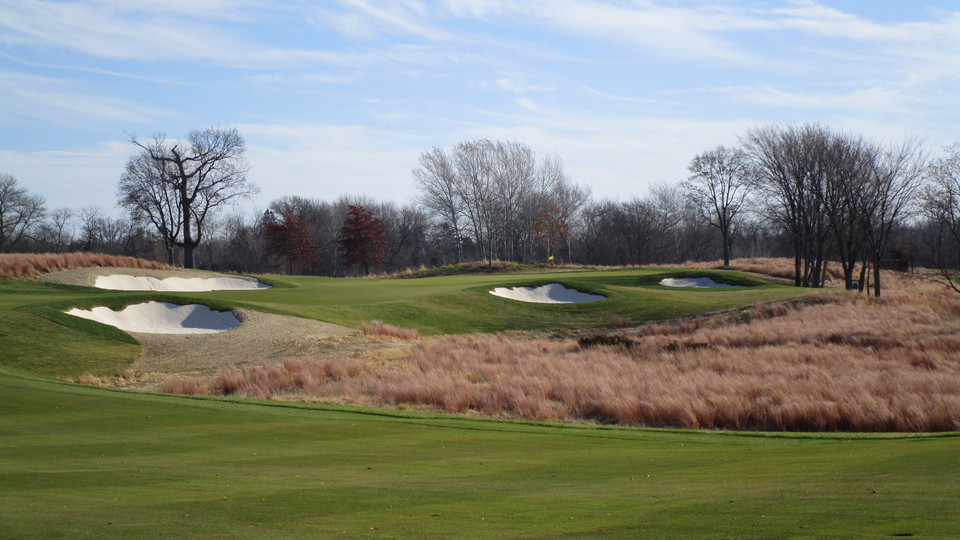
Richard Mandell
Richard Mandell Golf Architecture
Pinehurst, North Carolina, USA
With offices in Pinehurst, North Carolina and Chicago, Illinois, Richard Mandell Golf Architecture has designed, renovated, or restored more than seventy-five golf courses since 1992 in nineteen states and China and has won awards spanning four decades.
Mandell has restored a dozen Donald Ross courses as well as worked on layouts by A.W. Tillinghast, Stanley Thompson, Robert Trent Jones, and Tom Bendelow to name a few. He has also created original layouts such as Braemar Golf Course in Edina, Minnesota and the recently-opened Gillespie short course in Sarasota, Florida.
Author of Principles of Golf Architecture and The Legendary Evolution of Pinehurst.
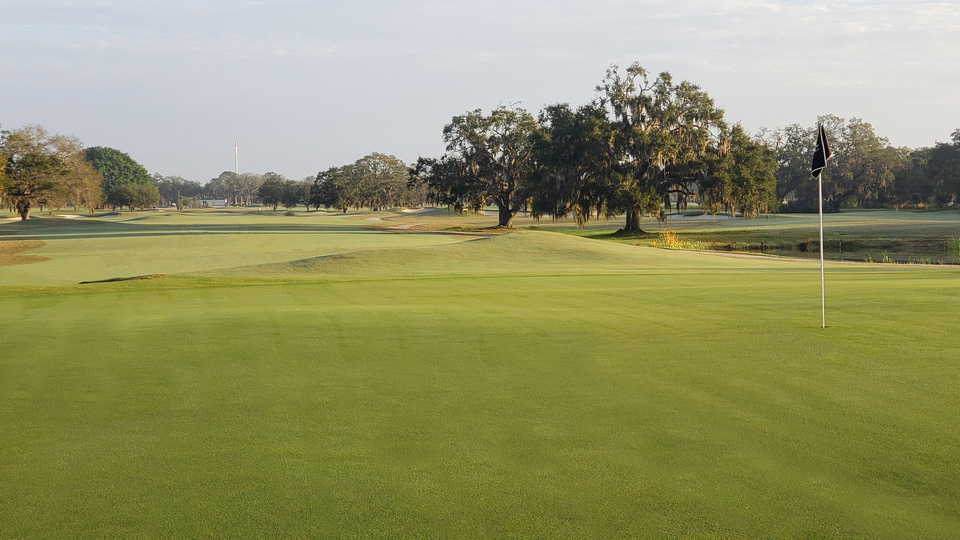
For the latest news in the golfing world, follow us on X (Formally Twitter).




